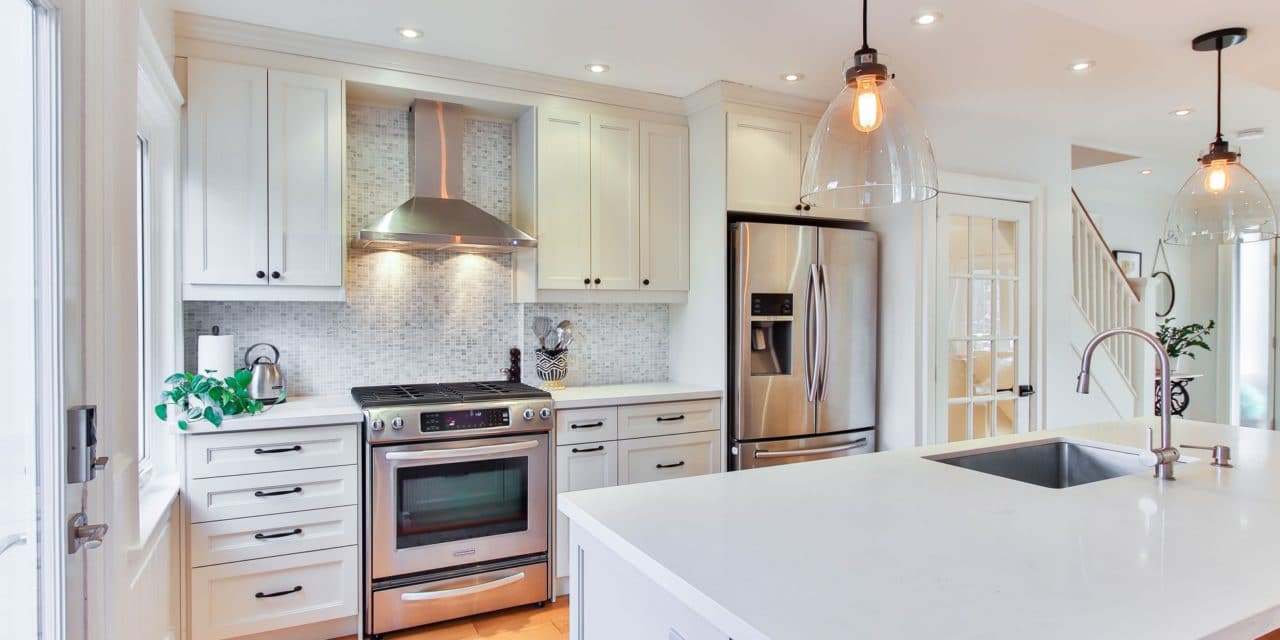[ad_1]
Bodegon – The Concept
Derived from the Spanish term ‘Bodega' meaning ‘tavern' or a ‘pantry,' Bodegon stands for Spanish Still Life Paintings. These artworks mostly portrayed pantry items, including games, drinks, glassware, dead animals due for skinning, and uncooked vegetables & fruits.
The History
Bodegon originated in the Baroque Period (1500-1700), gaining popularity in Spain by around the middle of the seventeenth century (1650s). This painting style was extremely popular in the Dutch and Flemish areas, present day Netherlands and Belgium respectively, also called as the Northern Low Countries.
The Details
Several sub-genres and a flower bouquet, the vanitas, or the trompe-l'oeil accompanying the breakfast piece characterized the Northern Still Life Painting style and that of Spain. Most of the Bodegones had plain geometrical blocks as background. The Still Life creations from Baroque were however marked as austere in sharp contrast to the works from Belgium that depicted a more luxurious setting.
The Artists & the Artworks
Spanish Baroque Painter Juan Sánchez Cotán's (1560-1627) Bodegones were remarkably austere in style, especially in comparison to the works from Netherlands and Italy. Sánchez Cotán, another artist, created Sill Life Paintings with vegetables as the main theme. He never captured humans. The vegetables and fruits in his paintings were arranged in a manner that the objects seemed near, yet isolated.
Juan van der Hamen y León (1596-1631) is regarded as the greatest Spanish Still-Life Painter of the seventeenth century. Sánchez Cotán's style of depicting fruits and vegetables arranged along a ledge or suspended from a window frame influenced Hamen's early Bodegones. By the late 1620s, his style turned increasingly varied and he began placing objects in his paintings on different levels. The portrayal of expensive, luxury glassware was one of his most distinguishing features. His landmark paintings include ‘Still Life with Fruits and Glassware' (1626) and ‘Still Life with Artichokes, Figs, Peaches and Apples' (1627). Juan van der Hamen's Bodegones greatly inspired Francisco de Zubaran (1598-1664), Juan de Zurbarán (1620-49), Juan Arellano (1614-76), and Antonio Ponce (1608-77).
Another great Spanish Still-Life Painter was Luis Egidio Meléndez (1716-80). He had amazing mastery over light & composition and had a striking ability to create powerful images from ordinary kitchen items. Some of his most famous works include ‘Still life with Oranges,' ‘Walnuts and Boxes of Sweetmeats,' ‘Still life with a Plate of Plums, Pears and Fruit Basket,' and ‘Still life with Red Breams and Oranges.'
Conclusion
Sweeping Netherlands, Belgium, Italy, and Spain, Still-Life Painting in its different regional flavors, marks an important turn in the world art history. Bodegon stands as a crucial pillar in the zone.
[ad_2]
Source by Annette Labedzki


